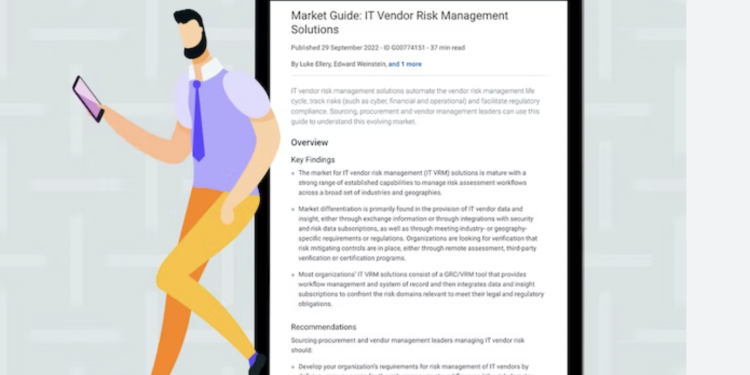The traditional fence needs to change as security moves to the cloud. Security and risk management directors must start laying the groundwork for a transition from the perimeter to the SASE model due to the growth of branch offices, remote offices, and a plethora of apps and devices.
It can be difficult to choose the optimal security network for your firm when there are so many SASE models available. Fortunately, you may do a thorough analysis of the major market competitors using the Gartner ipam magic quadrant. According to Gartner’s opinion on IPAM providers are becoming increasingly important in today’s digital landscape, where companies rely heavily on their networks to operate and communicate. You can quickly assess a technology supplier’s performance and how well they are achieving their stated goals using a Magic Quadrant.
What is the Gartner Magic Quadrant?
The Magic Quadrant is an evaluation graph that groups companies into challengers, leaders, niches, and visionary solution providers to assist customers to understand where certain organizations stand in the market. Each component has its own advantages and drawbacks, so selecting the leader could not meet your precise purchasing requirements, but picking another company from the picture might.
Gartner Magic Quadrants offer graphic information, in-depth research, and general assistance on a market’s direction, level of maturity, and participants. Vendor comparisons in Magic Quadrants are based on the accepted standards and methodology of Gartner. Each study includes a Magic Quadrant graphic, which uses a two-dimensional matrix to represent a market and ranks goods and services according to their Execution Ability and Clarity of Vision.
The Magic Quadrant is the starting point for understanding what the providers and their technology do. With the use of this tool, you may better comprehend visions, strategic plans, and their suitability for carrying out your particular requirements.
Furthermore, the report is a tremendous tool for:
1 Assessing the relative competitive positions of international technology and digital services organizations.
2. Assessing each company’s needs, priorities, and business goals.
To understand the Magic Quadrant’s results, one must first look at the importance of each category or quadrant of the graph:
Challengers: These are companies that are excellent at carrying out strategies. They haven’t yet been successful in directing the market in a particular way.
Leaders: These are companies that not only offer a complete set of tools but also have a vision for the future and push the market forward with innovative services and features.
Visionaries: These are innovators who have a clear understanding of current and future market trends but lack the leadership abilities to put their ideas into action.
Niche Players: They are vendors who are excellent at one thing, but whose products are constrained in other ways.
What more information does the Gartner Magic Quadrant offer?
In order to help you choose which firm is best for you, Gartner also provides helpful information, such as company background and history. It also emphasizes the good while highlighting any potential areas for improvement in the solution.














